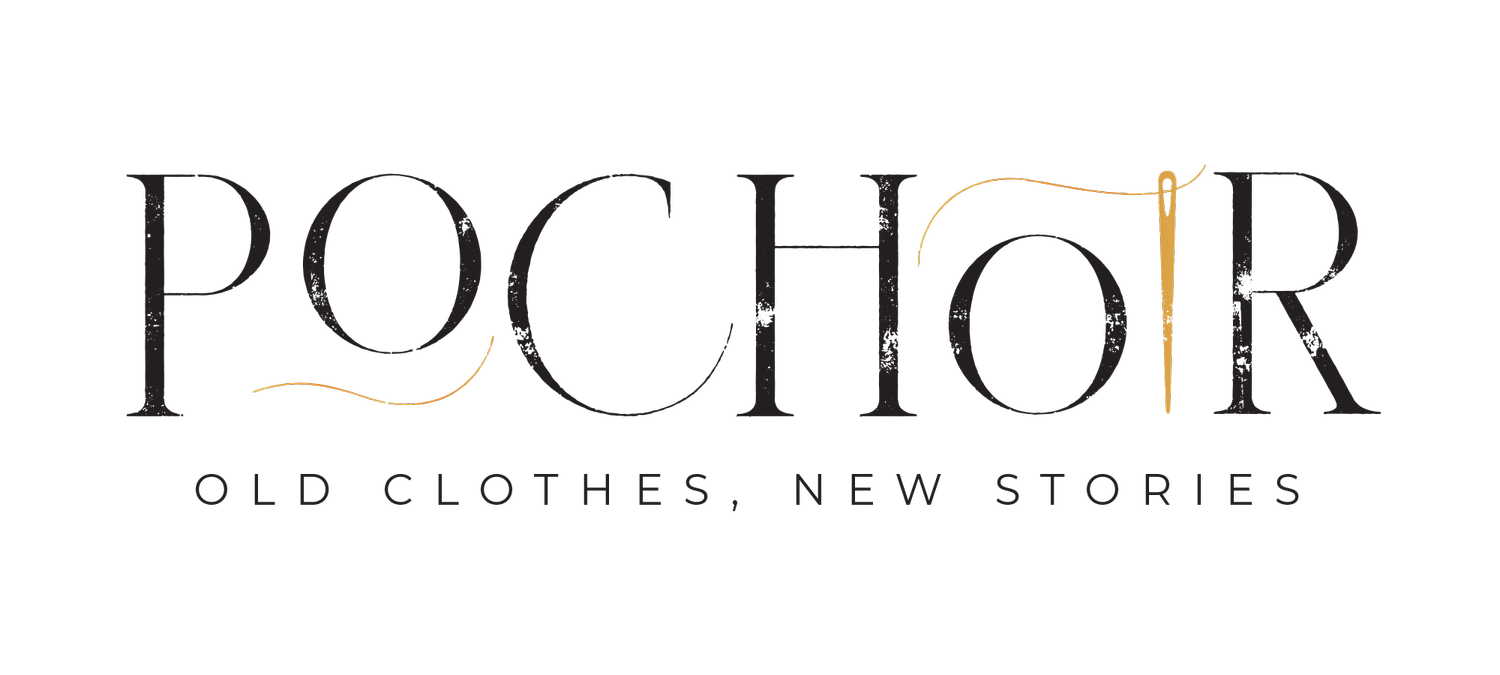What is Sustainability?
Image of a green, sunlit forest trail surrounded by tall, thin trees, meant to illustrate sustainability.
What is sustainability? We hear the word all the time, but does anyone know what it actually means?
So many businesses use the word as a stand-in for environmentally friendly practices, but there is so much more to sustainability than that. The most commonly used definition, from the 1987 United Nations Brundtland Commission, is this: “Sustainable development is development that meets the needs of the present without compromising the ability of future generations to meet their own needs.”
Other definitions include:
“Sustainability is an awareness of the connectivity of the world and the implications of our actions. It is finding solutions through innovative approaches, expanding future options by practicing environmental stewardship, building governance institutions that continually learn, and instilling values that promote justice,” Charles L. Redman, Founding Director and Professor, School of Sustainability, Arizona State University
“[Sustainability is] the underlying pattern of health, resilience, and adaptability that maintain this planet in a condition where life as a whole can flourish.” Daniel Christian Wahl, author of Designing Regenerative Cultures
From these definitions, we can see that sustainability isn’t a catch-all for good corporate behavior but actually an ethical system that promotes equality and well-being among people, plants, and animals.
What is Sustainable Fashion?
At Pochoir.NYC, we believe that sustainability means combining the best practices of environmental protection movements, social justice movements, and technological advances in manufacturing and business to create products for a more just and equitable future. We follow what sustainability experts call the triple bottom line, where a company gives equal emphasis to people, planet, and profit in its operations. We aim to make all of our products in an inclusive, ethical, and eco-friendly way and want to engage in a dialogue with our community to work towards a more sustainable lifestyle.
That means that we have an ethical and moral responsibility to design products that are unique, purposeful, and do minimal harm to the planet. The truth is, the fashion industry is incredibly polluting—among one of the top five most polluting industries on the planet, in fact. (Link opens in new window.) The amount of pesticides, chemicals, and water used in making fabric, not to mention the water and fuel involved in shipping clothes around the world, contribute to this statistic. In 2016, according to analysts at McKinsey, the industry produced over 100 billion articles of clothing a year, enough for every person on the planet to own 13 pieces of clothing each. (Link opens in new window.) But we know that clothing isn’t distributed equally, nor are the enormous profits the industry generates.
And what kind of clothing are we buying anyway? Apparently clothing that we get tired of quickly: most clothes are only worn once or twice before being thrown away. (Link opens in new window.) If the clothes end up getting donated to a large, national organization they are resold to secondhand clothing sellers in less developed countries. An estimated 60% are resold to less developed nations. (Link opens in new window.) Their second hand clothing markets are inundated with years’ worth of our clothing waste. If the clothes fail to sell, they go to land fill. Landfills in these countries tend to be unlined and untreated, unlike American landfills, so the chemicals that get released as our clothes rot leach into the groundwater and enter into the air, causing health problems like cancer and other respiratory issues. American non-profits make money while our global neighbors choke to death on our waste.
It's up to us to break this cycle of waste and pollution. Let’s invest in truly sustainable fashion, fashion that isn’t made in a harmful and exploitative way, fashion that doesn’t get thrown away. Together we can take a leap into the unknown: buying less clothing, buying more meaningful clothing, and recreating the fashion industry one garment at a time.

